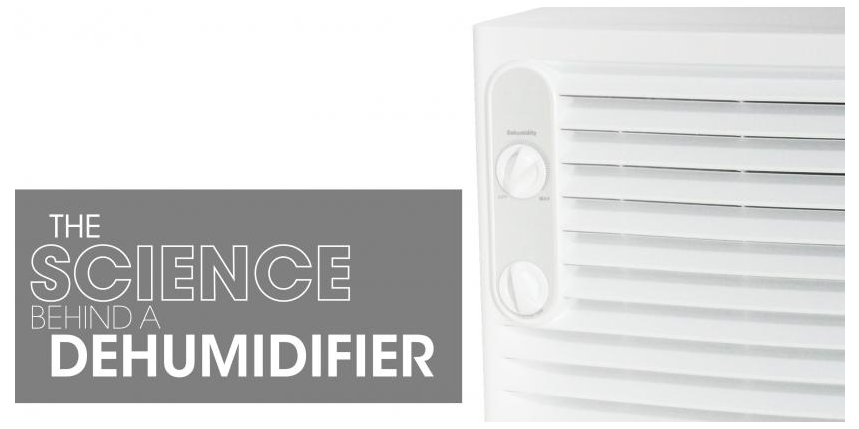
If you live in a humid climate, excess indoor dampness is probably something you deal with every summer. How do you counteract the uncomfortable effects of high humidity? The answer is to install a dehumidifier.
What is a Dehumidifier?
This compact piece of equipment has one sole function: reduce humidity in an enclosed space. There are two main types of dehumidifiers:
•Portable dehumidifiers are stand-alone units you can move from room to room. Professional installation is not required. Units come with different moisture extraction capabilities and typically feature a removable water basin you must empty periodically as the dehumidifier extracts moisture from the air. Features to look for include a built-in humidity sensor, multiple fan speeds and internal condensate pump. This is the best option if you only deal with excess humidity in one area of your home, such as the basement.
•Whole-house dehumidifiers are integrated into your HVAC system and use the ductwork to pull in humid air and blow out dry air. These larger machines must be professionally installed and have the ability to dehumidify your entire home. They are typically tied into the plumbing so extracted moisture drains away without the need to empty a water basin.
How Does a Dehumidifier Work?
Regardless of which type of dehumidifier you choose, they all work in about the same way. The unit sucks in moist air, which passes over an evaporator coil filled with cold refrigerant. Water condenses on the coil and drips into a basin or out through the plumbing. Dry air is blown back out. Meanwhile, the refrigerant cycles through a compressor and condenser to prepare to pass through the evaporator coil once more.
Why Run a Dehumidifier?
If you’re familiar with how air conditioners work, you may realize dehumidifiers sound very similar. After all, air conditioners have a dehumidifying function as well. This means if you live in a dry climate, the dehumidification you get from running your air conditioner is probably enough to keep the interior in the comfort zone of 30% to 50% relative humidity.
However, if you live in a very humid climate, the air conditioner’s dehumidification might not cut it. That’s when you want to run a dehumidifier. The benefits include the following:
•Reduce mold, mildew and condensation: If condensation starts to form on your windows, that’s a sign you could have a hidden mold problem, which could cause your allergies to flare up. Mold and mildew start to grow when relative humidity surpasses 68%. Dehumidifiers keep indoor humidity well below this threshold.
•Keep pests away: If you have ever spent time in a western dessert state like Arizona or Nevada, you know pests are a far smaller problem there compared to southern states like Georgia and Florida. If your home is very humid inside, pests are more likely to invade. Keep them at bay by running a dehumidifier.
•Feel more comfortable: Are you familiar with that cold, clammy feeling? It’s the feeling you get when the interior is nice and cool thanks to the air conditioner, but the humidity level is too high. A dehumidifier solves this problem so you feel more comfortable.
•Save energy: Buying a dehumidifier is an investment, but one that should pay for itself by allowing you to run the air conditioner less. After all, a common way to counteract the cool but clammy feeling is to turn the temperature down. Running a dehumidifier costs less and may even be enough to keep your home comfortable on mild days without running the A/C.
Contact Aire Serv® today to learn more about installing a dehumidifier in your home.

